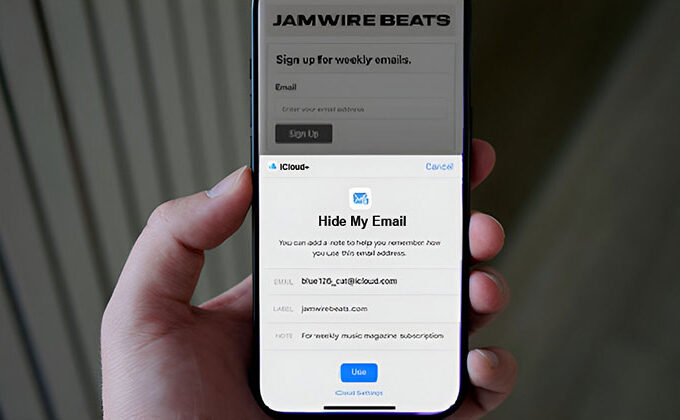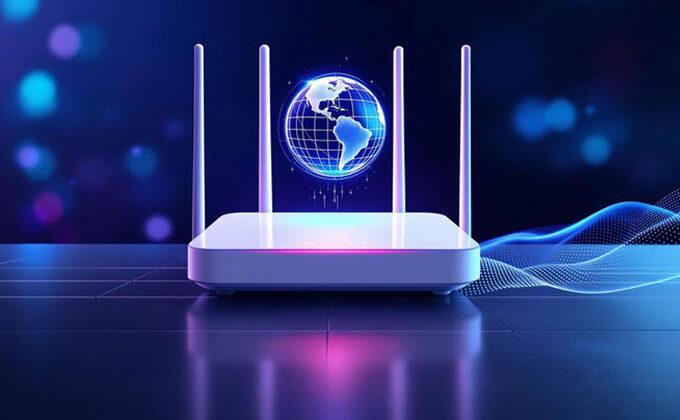The workplace communication process involves the exchange of sensitive and often employees’ private information. This makes internal communications an ideal attack target for cyberattacks. Find out how to improve secure internal communications to defend your company from cyber threats.
Indigo, Yahoo, Adobe, Ikea, and Facebook–these are among the many businesses that recently experienced significant security breaches. These aren’t just the most prominent headlines. Internal data breaches are becoming more commonplace in enterprises, large and small.
Why is Secure Internal Communication Important?
Secure internal communications must be secured for business and employee privacy reasons, to prevent an accidental breach from exposing confidential data like bank account numbers, health insurance records, or home addresses of both individuals and the organization at risk.
Cyberattacks on your internal communications could cause a chain reaction whereby the data of your customers and stakeholders is compromised. If that occurs, it’s very difficult to reverse the damage and say sorry.’
An internal communication security breach may have serious repercussions for an organisation:
- Unauthorized customer and employee information: Once exposed, this information can be used by criminals.
- Reputational damage: A security breach can seriously damage trust between partners, customers and other stakeholders.
- Financial losses: Beyond the direct costs related to remediation efforts like fines from regulatory agencies, organizations could also incur indirect costs, such as losing employees, customers, and even revenue.
- Regulatory non-compliance: Many industries must abide by regulations related to privacy and data protection, including GDPR, HIPAA or PCI DSS. An incident that leads to the unintentional disclosure of sensitive data could result in significant legal penalties.
- The disruption to the company: Overall, an incident of security can disrupt normal business operations, which can lead to downtime and lower productivity, in addition to low morale of employees and the disengagement of employees..
- Trust loss: Staff and customers who entrust companies with protecting their information face a potential crisis if an internal communications security breach takes place, with them losing trust that companies are protecting it adequately.
Also read: A Guide to Security Equipment for Small Business
Common Methods to Secure Internal Communication
There are a variety of methods to ensure the security of your communications within. subject to hacker attacks and other security threats. Here are the most secure internal communication fundamentals you should be aware of today to safeguard tomorrow:
- Implement Data Encryption: Implementing encryption secures internal communications against being intercepted and read by unintended readers.
- Secure Cloud Environment: If your communications utilize cloud services, be sure to secure them by implementing strong access controls, encryption technologies, and conducting regular internal audits.
- Use Secure Messaging Platforms: Look for ones with end-to-end encryption to prevent both parties involved from reading what has been sent or received. Tools like email, employee SMS messages, and intranet newsletters can all provide secure solutions when used appropriately as communication solutions.
- Permit Access: Limit access to sensitive communication channels according to user roles and permissions to prevent unintended usage.
10 Best Practices for Secure Internal Communication
Here are 10 effective strategies that will strengthen Secure Internal Communication and protect the email systems within your organization from potential threats.
1. Use Secure Internal Communication Tools
Step one towards ensuring internal communication security is to install an encrypted messaging application. The most secure employees’ email security tools include encryption features, multi-factor authentication, and security certificates like SOC2 Type 2 compliance.
2. Encrypt Internal Emails
Secure internal email encryption protocols can protect employee and company data, and any sensitive company data, even if intercepted, while Gmail and Outlook both offer encrypted email services.
3. Enable Multi-Factor Authentication (MFA)
Users must authenticate their identity by using several elements, like passwords, authenticator keys, facial recognition, or tokens for an added level of protection.
4. Implement Access Controls
Set up strict access controls that are based on principles of lowest privilege (a fancy term in computer science, which means that only those who require access to specific information to fulfill their job can access it). This ensures the internal communications security by only permitting authorized users access to secure communication channels or data.
5. Use Secure Communication Channels
To add an extra layer of secure internal communications, we advise utilizing secure communication channels like Virtual Private Networks (VPNs) or SSL/TLS protocols that securely permit the data transfer over networks.
6. Keep Software Updated
Make sure your communication software and systems are updated with the most up-to-date patches and security patches to reduce vulnerabilities and protect against new threats.
7. Train Employees on Security
Offer comprehensive employee training regarding secure internal communication practices, such as recognising phishing emails and using secure passwords, as well as understanding why data should be protected.
Also read: What Is Data Security Management? A Complete Guide for 2025
8. Monitor security threats
Utilize tracking software and surveillance tools for emails to monitor email user behavior and take any appropriate actions when suspicious activity is discovered. If you find evidence emerges unauthorised access to internal communication channels, you must take swift and decisive action.
9. Apply Data Loss Prevention (DLP)
Data loss prevention (DLP) is a mix of methods designed to protect and monitor business data. Implement DLP policies to stop the sharing of confidential or sensitive information via internal channels of communication.
10. Secure Mobile Communications
Utilise security features like device encryption, remote wiping, and mobile device management (MDM) tools to secure work-related text messaging on employee devices and sensitive communication between employees.
Summing Up
Securing internal communication has become essential. From encryption and access controls to employee training and mobile device protection, each layer adds protection from data breaches and cyber threats. Implementation of such strategies enables organizations to safeguard sensitive information while building trust among communication channels.















Leave a comment